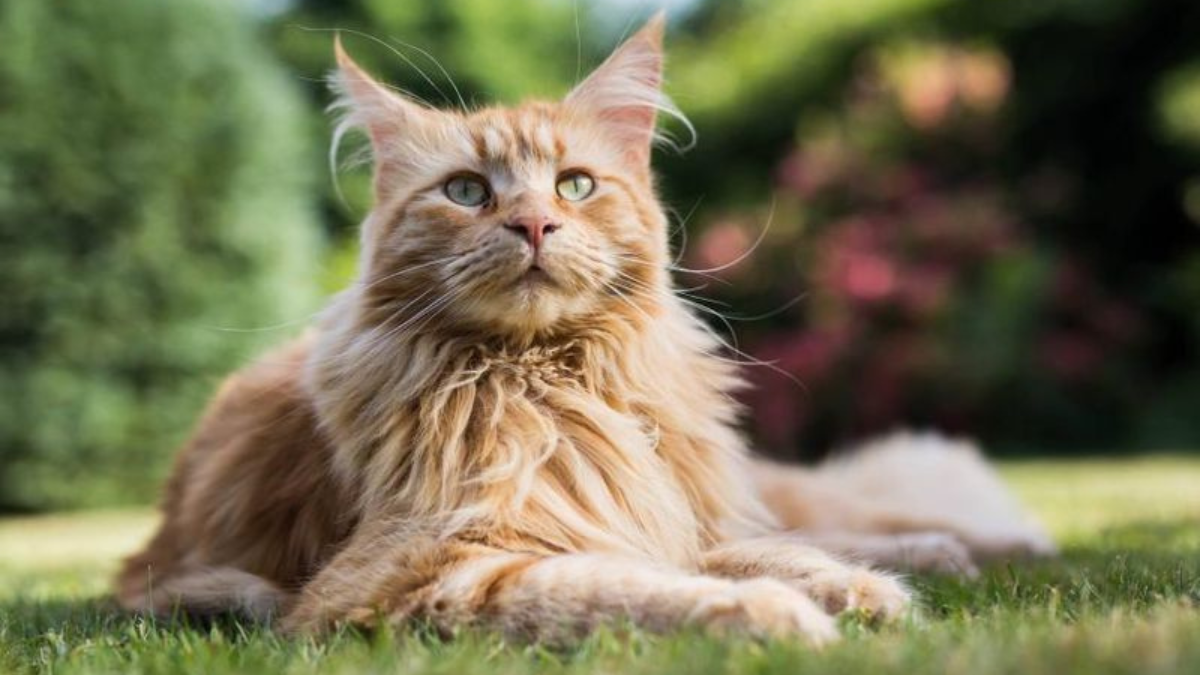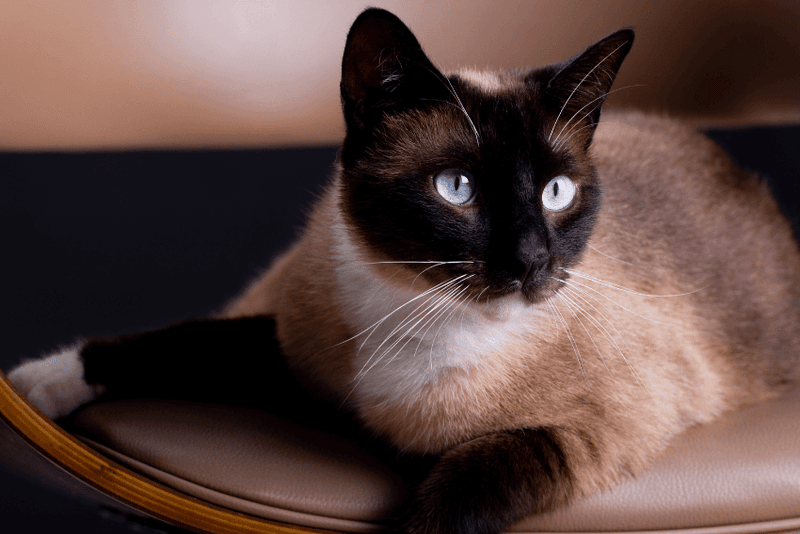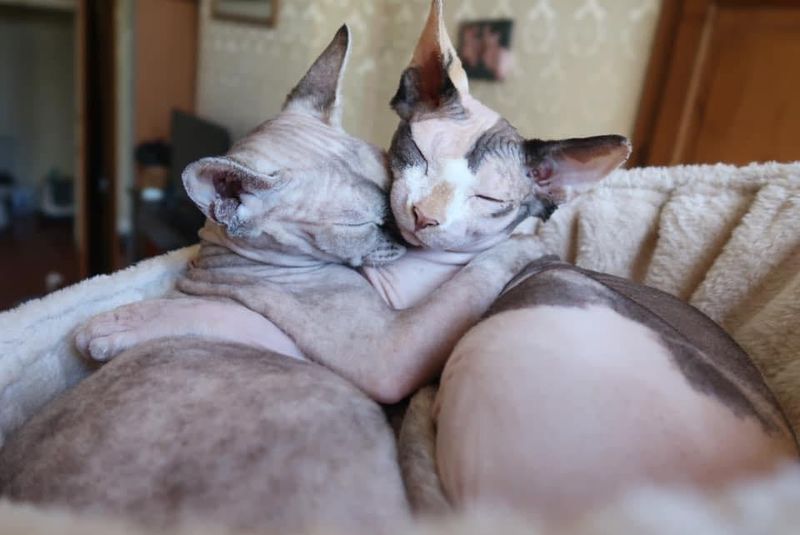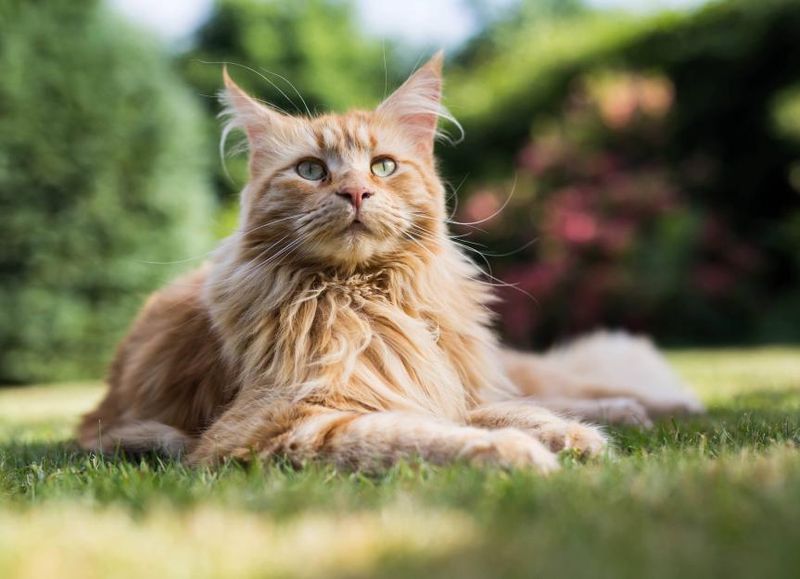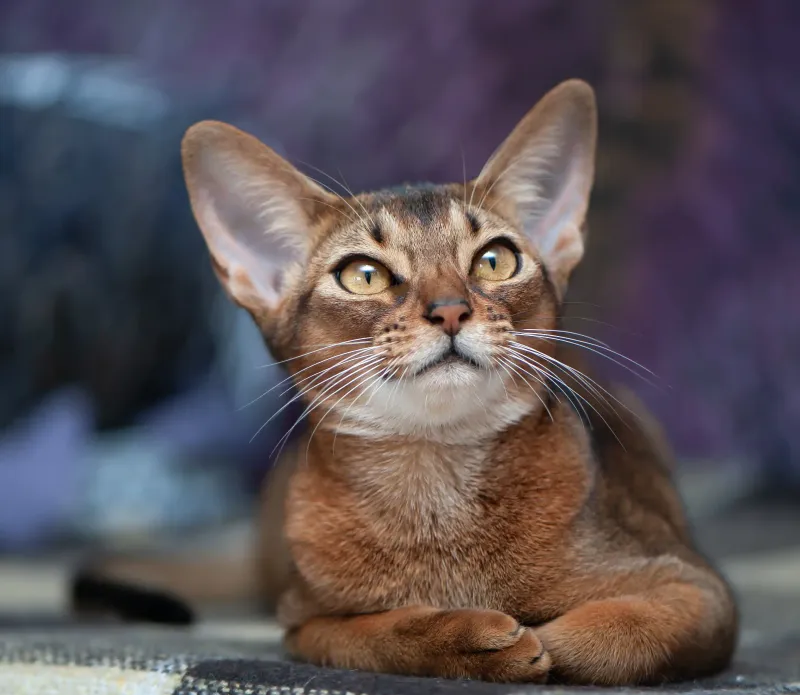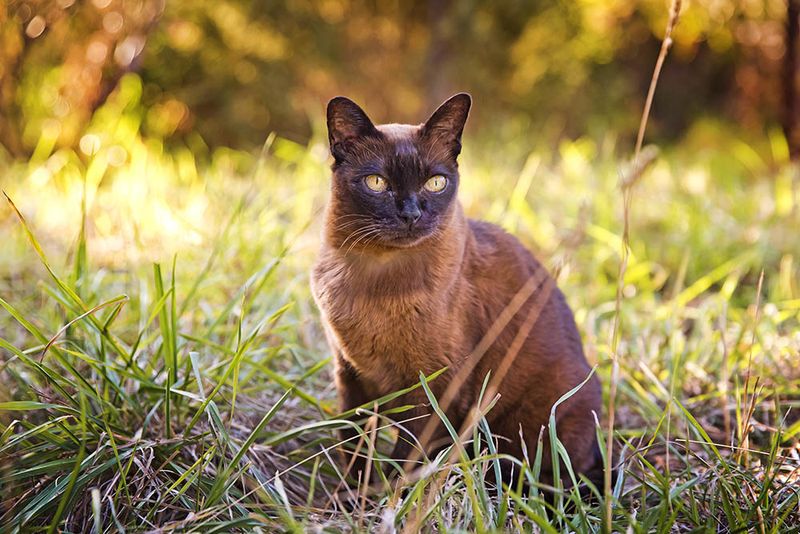📖 Table of Content:
Not all cats are the aloof, independent types. Some felines thrive on deep emotional connections, forming strong bonds with their human companions. These affectionate cats are known to seek constant companionship and can become upset when left alone for long periods.
While many cats enjoy their own space, some crave constant attention and affection. Their hearts are as big as their personalities, and they often follow their owners from room to room. These emotionally sensitive breeds are more in tune with their humans’ moods and need a lot of love and care in return.
If a cuddly, attention-seeking cat is what you’re after, these breeds may be a perfect fit. They will happily shower you with affection, always ready to curl up in your lap or share a moment of companionship. For those seeking a feline friend who’s more than just a pet, these emotionally connected cats are sure to deliver endless warmth.
1. Ragdoll
Known as “puppy cats” for their dog-like devotion, Ragdolls literally go limp with happiness when picked up (hence their name). These gentle giants develop intense attachments to their humans and often greet them at the door after work.
Ragdolls struggle with solitude and may exhibit signs of depression if left alone too long. Their striking blue eyes often reflect their emotional state – wide and alert when you’re leaving, soft and content when you’re snuggling together.
Unlike many independent felines, these cats prefer company over solitude and will choose your lap over an empty sunny windowsill any day.
2. Siamese
Talkative and opinionated, Siamese cats form powerful emotional bonds with their owners. Their legendary vocalizations aren’t just chatter – they’re genuine attempts at conversation with their favorite humans.
Separation anxiety hits these sleek felines particularly hard. Many Siamese owners report their cats pacing, excessive meowing, or even refusing food when left alone for extended periods.
The ancient Thai legends about Siamese cats guarding Buddhist temples reflect their loyal nature. These cats don’t just want your attention – they demand it with their striking blue eyes and persistent meows that won’t be ignored.
3. Sphynx
Don’t let their hairless appearance fool you – Sphynx cats possess some of the biggest hearts in the feline world. Without fur for insulation, these cats actively seek human warmth, both physically and emotionally.
Sphynx cats develop intense, almost desperate attachments to their families. They’ll follow you everywhere, sleep under your covers, and even ride on your shoulders to maintain constant contact.
Their lack of protective fur seems to extend metaphorically to their emotions – Sphynx cats wear their hearts on their sleeve. When neglected, they show clear signs of distress through changed behavior and clingy demands for attention.
4. Maine Coon
Gentle giants of the cat world, Maine Coons combine impressive size with surprisingly tender emotions. Despite their robust appearance, these fluffy behemoths are sensitive souls who form deep connections with their families.
Maine Coons show their attachment through quiet companionship rather than demanding attention. They’ll silently follow you from room to room, settling nearby to maintain a protective watch over you.
Their emotional sensitivity sometimes surprises new owners. These cats respond strongly to household tensions and can become visibly upset during arguments or when sensing their human’s sadness, often offering comfort by pressing their substantial weight against you.
5. Abyssinian
Athletic and playful, Abyssinians might seem independent at first glance. But beneath their active exterior lies a cat that forms deep emotional connections with their humans.
These cats show their sensitivity through engaged interaction rather than passive cuddling. An Abyssinian will bring you toys, initiate games, and constantly check in for your approval and attention.
When left alone too long, these intelligent felines can develop destructive behaviors stemming from emotional distress. Their need for mental stimulation intertwines with their need for emotional connection, making them particularly vulnerable to feelings of abandonment when their human companions are absent.
6. Burmese
Burmese cats take attachment to extraordinary levels, earning them the nickname “velcro cats” among devoted owners. Their need for physical contact is almost constant – they’ll curl up in your lap, drape themselves around your shoulders, or sleep pressed against you.
Their emotional sensitivity manifests in how attuned they become to their owner’s routines. Burmese cats often anticipate your return home, waiting by the door before you’re due back.
Historically bred as companion animals in temples, today’s Burmese retain that single-minded devotion. They genuinely pine when separated from their favorite people, making them poor candidates for homes where they’ll be left alone frequently.
7. Persian
Behind those dignified expressions and luxurious coats, Persian cats hide surprisingly delicate emotions. These aristocratic felines form deep attachments to their chosen humans and prefer quiet, stable environments where they feel secure.
Persians show their sensitivity through subtle changes in behavior. Unlike more vocal breeds, they may withdraw or become less active when feeling emotionally neglected, making their distress easy to miss.
Environmental changes hit these cats particularly hard. Moving homes, introducing new pets, or even rearranging furniture can trigger anxiety in Persians. Their emotional stability depends heavily on consistent routines and the reassuring presence of their favorite human companions.
